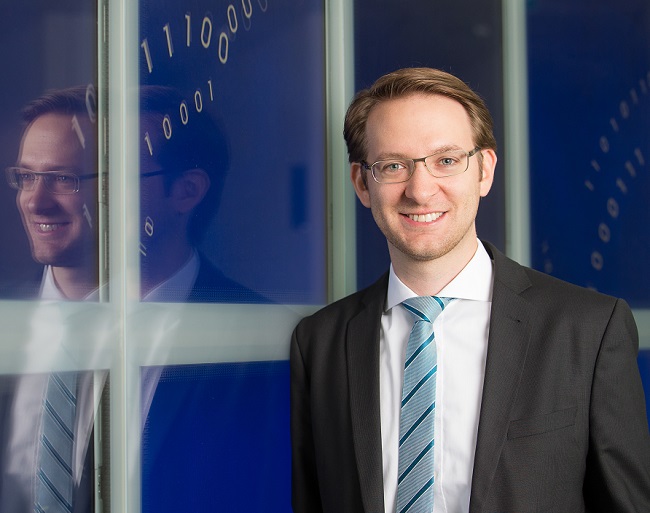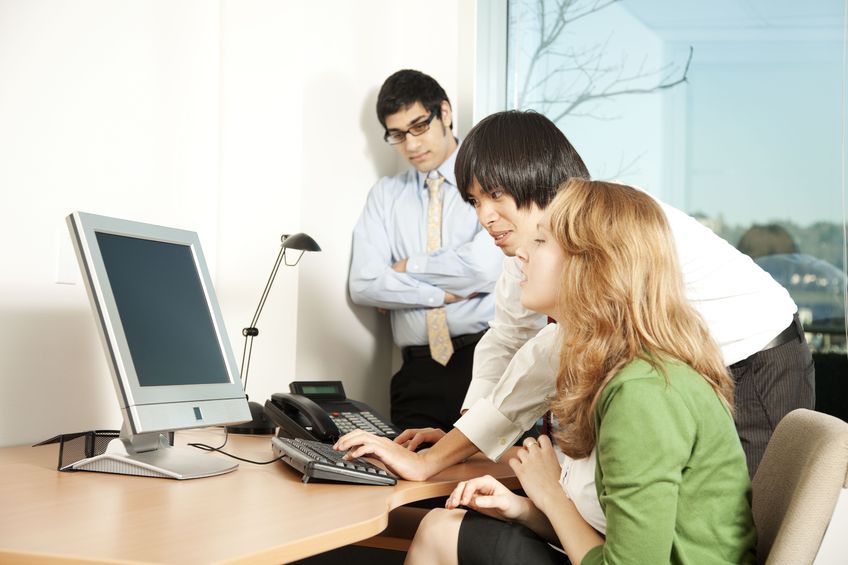Transforming a giant: SAP’s journey through digital disruption
By Benjamin Cher June 29, 2016
- Adapting to shifting customer focus within and without the organisation
- ‘I fundamentally believe that happiness is a competitive advantage’

THE term ‘digital disruption’ is often applied to traditional, hidebound industries, but guess what? It is also threatening the digital disruptors of yesteryear.
In its early days, German software powerhouse SAP SE was pretty much the digital enabler for enterprises. Today, the tables have turned somewhat, according to Thomas Saueressig (pic above), chief information officer and global head of IT services at SAP.
“SAP has also been touched by digital transformation – you see different business models, and that’s where the real digital transformation is happening and what SAP is undergoing,” he says, speaking to Digital News Asia (DNA) in Singapore recently.
These new models are being fuelled by the cloud, the so-called API (application programming interface) economy, micro services, and other trends.
“For SAP itself, it was a huge disruption – we came as an on-premises business, which is fairly simple: You have a licence, and maintenance and support revenue, which is the classic model,” says Saueressig.
“But new business models like subscription- or usage-based pricing are disrupting IT vendors, and SAP – wanting to be at the forefront – is shifting towards that,” he adds.
The consumerisation of enterprise IT is well underway, and this means a focus on simplicity for both customers and employees.
“One of the key elements we are experiencing is that customer expectations are changing rapidly,” says Saueressig.
“When you interact with a company, you have a different expectation of what it should look like – and this means we need to provide all the services in a simple way when it comes to interacting with SAP, touching every process and interaction point,” he adds.
The UI/ UX point
SAP’s focus on simplifying the user experience and interface (UX/ UI) culminated in a Red Dot design award for its planned Flori 2.0 user experience, something that Saueressig takes pride in, as he does with Apple Inc’s recent announcement of native iOS apps being built on the SAP Hana platform.
“The next generation that is coming in expects everything on the mobile device – this [the Apple announcement] will help us provide business processes on mobile devices.
“So you can see SAP is going heavily in the direction of consumerisation,” he adds.
This fits into Saueressig’s role of providing a modern workplace for the rest of SAP – all 78,000 of its employees.
“If you talk about the digital enterprise, there are always two sides: The first is the digitalisation or optimisation of business processes, and even enabling new business models,” he says.
“On the other side, it is always about the workplace.
“Here, we talk about how we can get everyone to work in the best and most productive way, meaning we need to share and collaborate on a global scale.
“We have 78,000 employees in 120 countries around the world, and it is key that we not only provide an environment in which you can work anywhere from all devices, but that we also provide you with device choices.
“This is key with millennials, and IT departments need to provide it in a productive way without worrying about a specific device,” he adds.
This requires a user-centric IT strategy, where all the focus of the IT organisation is driven by user impact and expectations – because this, in turn, creates an impact on the organisation itself, Saueressig argues.
“If you think about my KPIs (key performance indicators), employee satisfaction is my key goal, and employee productivity is my KPI,” he says.
“I fundamentally believe that happiness is a competitive advantage that we need to achieve – because if our employees are happy, they will make sure our customers are happy,” he adds.
Challenging the IT department

Thus the need to move away from the ‘classical IT department’ is even more pressing, according to Saueressig.
That IT department is hierarchical, laying down the law for employees to follow. This is no longer tenable in today’s workplace.
“If you look at the SAP workforce, they’re highly educated, highly trained employees – we can trust our people, so we can be assured that they know what to do,” he says.
“For sure we need to have frameworks in place, but within these frameworks we need to ensure that people are empowered to do the right thing,” he adds.
Saueressig is walking the talk in ensuring SAP’s IT department is providing positive user impact, allowing employees to give feedback on each app to improve the product.
“Out of each application that we provide on the mobile device for instance, there is a ‘feedback shake,’ where you can just shake the device and have the opportunity to give direct feedback to the product owner,” he says.
“I want to ensure that IT is directly connecting to end-users; I want to get rid of all the layers so we can bring people together to improve our products.
“In parallel, IT is transforming into an agile working model, which means I can easily adapt to the new requirements coming in, with the flexibility to quickly change and provide what the user wants,” he adds.
This cannot be done overnight because it requires technological shifts, an overhaul of many business processes – and a major cultural shift, which can be the most challenging aspect.
“If you start such a journey, it is a cultural change for the IT organisation, and cultural change is probably the most difficult piece,” says Saueressig.
“The interesting thing was the IT department quickly picked up and understood why this is important and what the right way to go was.
“If you think about it in an IT way, we are moving from an enterprise architecture to the cloud, and this means I don’t have to worry about infrastructure – which in turn means I can put my focus on the user.
“The more I shift to the cloud, the more I shift towards creating an impact on users, which is supporting that strategy – and the roles of the IT department need to evolve in that direction,” he adds.
Related Stories:
SAP's reinvention, through its cofounder’s eyes
The role of the CIO in the Apple-Google era
The Apple-IBM pact: ‘We have shifted the curve’
For more technology news and the latest updates, follow us on Twitter, LinkedIn or Like us on Facebook.


